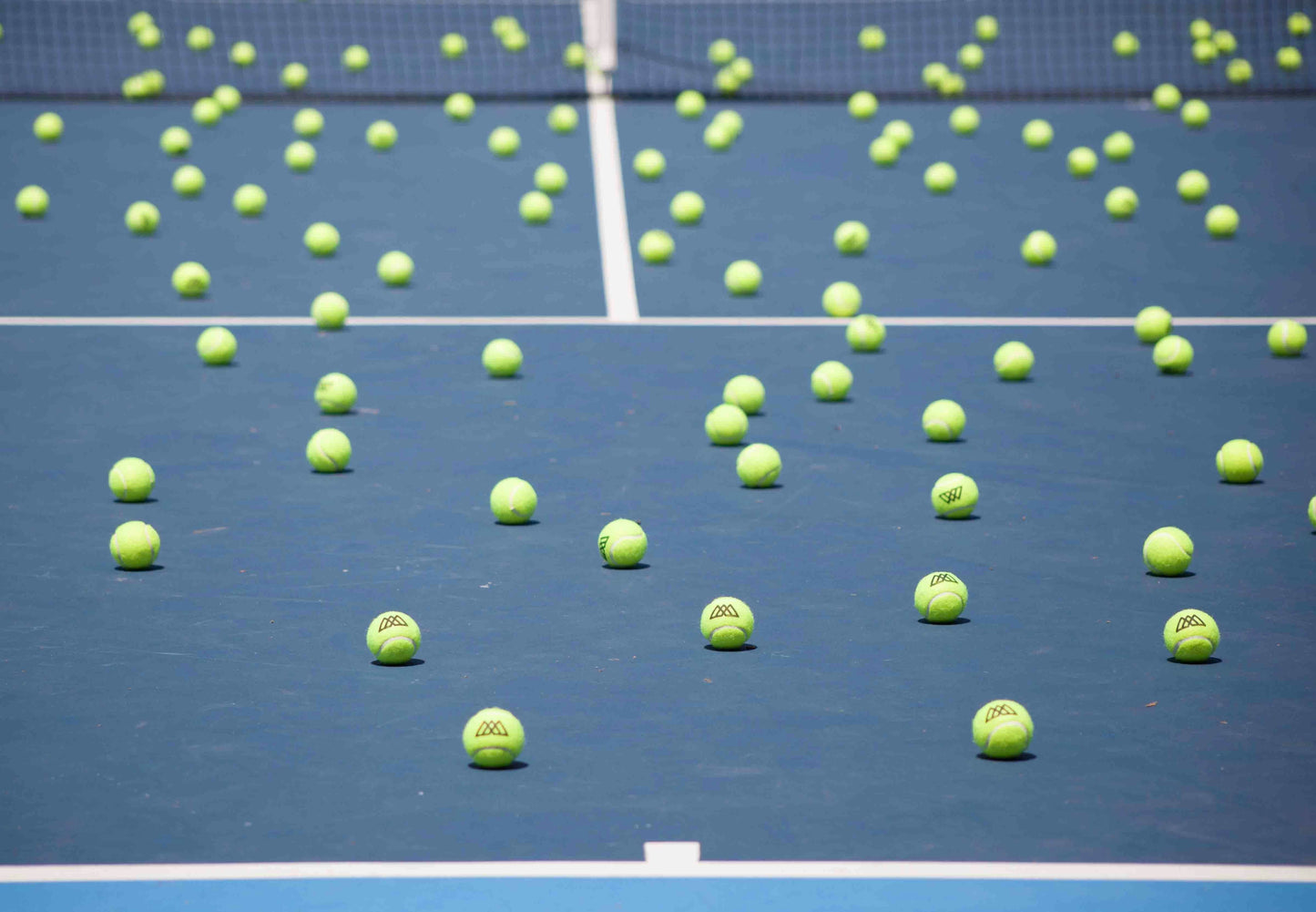
Why Are Tennis Balls Yellow? Sir David Attenborough and the Story of Tennis Ball Color
You know him as the voice of the natural world, but did you know that Sir David Attenborough also played a key role in changing the color of tennis balls? It's true! The world-famous broadcaster helped usher in the era of the vibrant yellow tennis balls we see today.
Before the 1970s, tennis balls were traditionally white. But with the rise of color television, a young David Attenborough, then a BBC television executive, recognized a problem: white tennis balls were often difficult to see against the grass courts of Wimbledon, making it hard for viewers at home to follow the action.
Attenborough, always a champion of innovation, proposed a solution: color tennis balls. He believed that brightly colored fluorescent balls would be more visible on screen, improving the viewing experience for audiences.
The International Tennis Federation (ITF) took his suggestion to heart and conducted extensive research to find the optimal color for good tennis balls. They needed a shade that would be easily visible on both color and black-and-white televisions, and against different court surfaces.
Their research led them to fluorescent yellow, a color that provided the best visibility and contrast. Soon, players were serving up optic yellow tennis balls, forever changing the look of the game.
Ironically, Wimbledon, the tournament that inspired the change, was the last to adopt the yellow ball, sticking with tradition until 1986.
Today, the yellow tennis ball is a global standard, used in professional tournaments and recreational play worldwide. So the next time you see a yellow tennis ball flying across the court, remember the surprising role Sir David Attenborough played in its history.
Why are tennis balls yellow? Thanks to Attenborough's vision and the need for better visibility on color television, the answer is clear!


